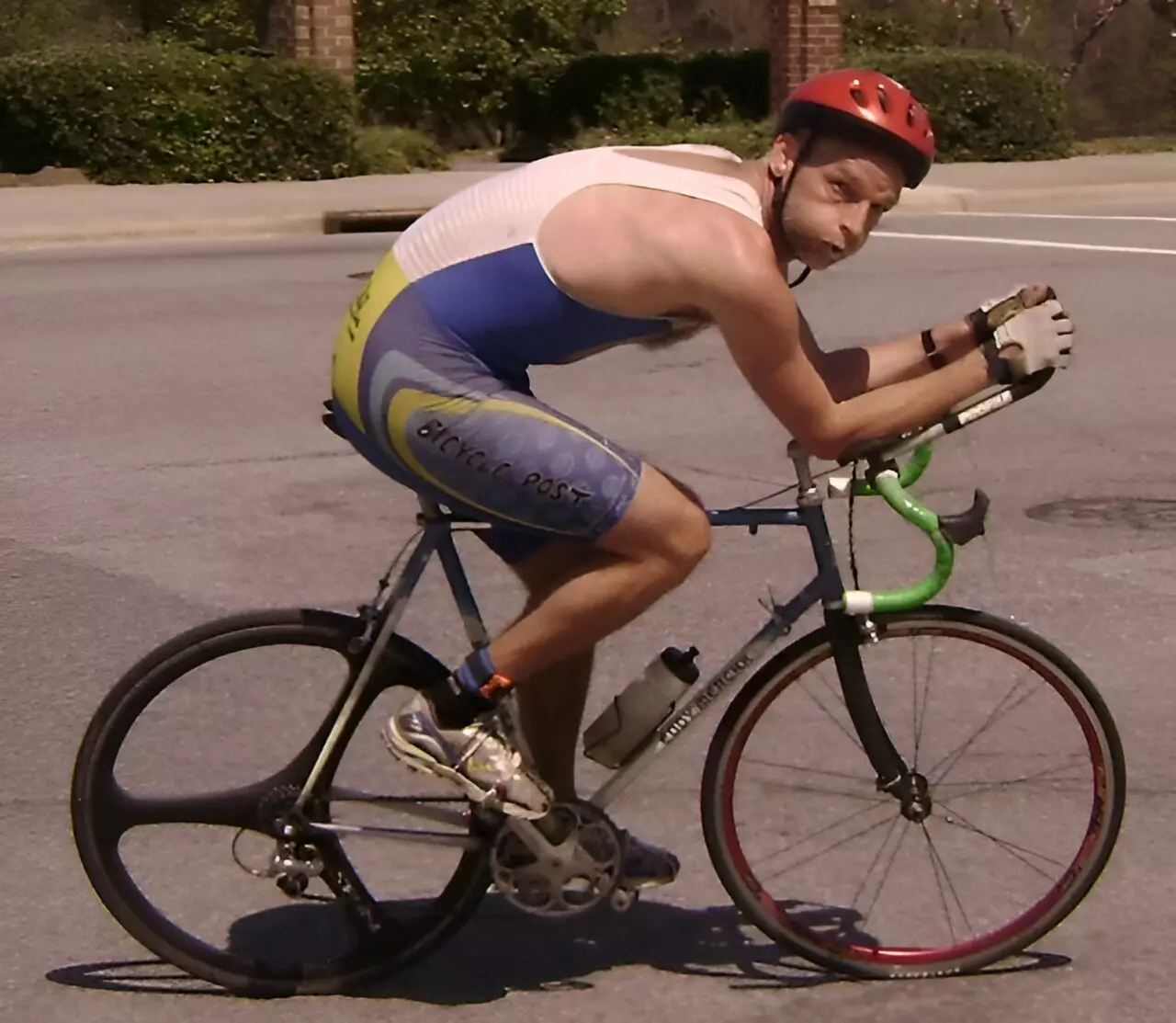Cycling enthusiasts often seek grand challenges, and one of the most audacious is the concept of “Everesting,” which involves repeatedly ascending and descending a single hill or mountain until the cumulative elevation gain equals that of Mt. Everest, standing at an imposing 8,848 meters. While this challenge has gained popularity among cyclists, it also raises interesting questions about the variables influencing performance, such as wind conditions. This article examines the analysis conducted by physics professor Martin Bier regarding the impact of tailwinds on the Everesting endeavor, revealing that the effects of wind may be less significant than previously thought.
The appeal of Everesting lies not only in the endurance it tests but also in the cycling community’s spirit of competition and innovation. Riders seek to climb not just for the sheer thrill of it but to set records, leading to intense scrutiny over performance metrics. When a new record was documented, it sparked a lively debate online about the validity of the achievement, particularly regarding the influence of a substantial tailwind measured at 5.5 meters per second.
As cyclists debated the role of favorable wind during their climbs, the conversation highlighted the critical need for clarity on how natural elements interact with human performance. This discourse caught the attention of Bier, who was intrigued by the physics of the situation and felt compelled to apply scientific principles to the cycling challenge.
Physics of Cycling: More Than Just Leg Power
Cycling physics operates under well-defined principles. Unlike running, which involves varying degrees of acceleration, airborne factors such as resistance have a significant role in cycling dynamics. Bier elucidates that “cycling uses ‘rolling’ which is much smoother and faster” than the erratic movement patterns of running. This observation points to the efficiency of pedaling where gravity and friction largely dictate resistance levels.
As Bier’s analysis unfolds, he emphasizes a key point: while riders may perceive that a tailwind provides a significant advantage, the operational realities reveal a different story. The nature of air resistance is quantified by its square relationship to speed, meaning that if wind resistance is a primary consideration during a flat ride, variations in speed can drastically affect the required power output.
The Tailwind Debate and Its Real Implications
Asserting that “naively you may think a strong tailwind can compensate for an uphill slope,” Bier systematically dismantles the notion that a push from the wind can transform an arduous ascent into a comparable flat ride. In reality, the physics governing cycling uphill suggest that the primary challenge remains the ascent against gravity, rendering the effects of wind as somewhat trivial by comparison.
Bier explains that while a tailwind may offer minor support while climbing, it does not replicate the enhancement experienced in less steep conditions. The actual dynamics of riding down are further complicated by headwinds which can substantially reduce speed during descents—in contrast to the perceived benefits from tailwinds during ascents.
One of the critical conclusions drawn from Bier’s research is the futility of hoping for optimal wind conditions during an Everesting attempt. Cyclists looking to improve their times are better served by focusing on physical conditioning and optimizing their power output rather than waiting for a favorable wind. His clear message is that “there are no easy tricks” to mastery in Everesting; it continues to be a challenge reliant on an individual’s physical prowess.
The allure of Everesting not only lies in its incredible physical demands but also in the scientific principles that govern the sport. As the cycling community continues to innovate and set new challenges, researchers like Bier will play a crucial role in enhancing our understanding of performance factors—whether through the elements or the human body itself—ensuring each ascent is steeped in both athleticism and physics.



Leave a Reply